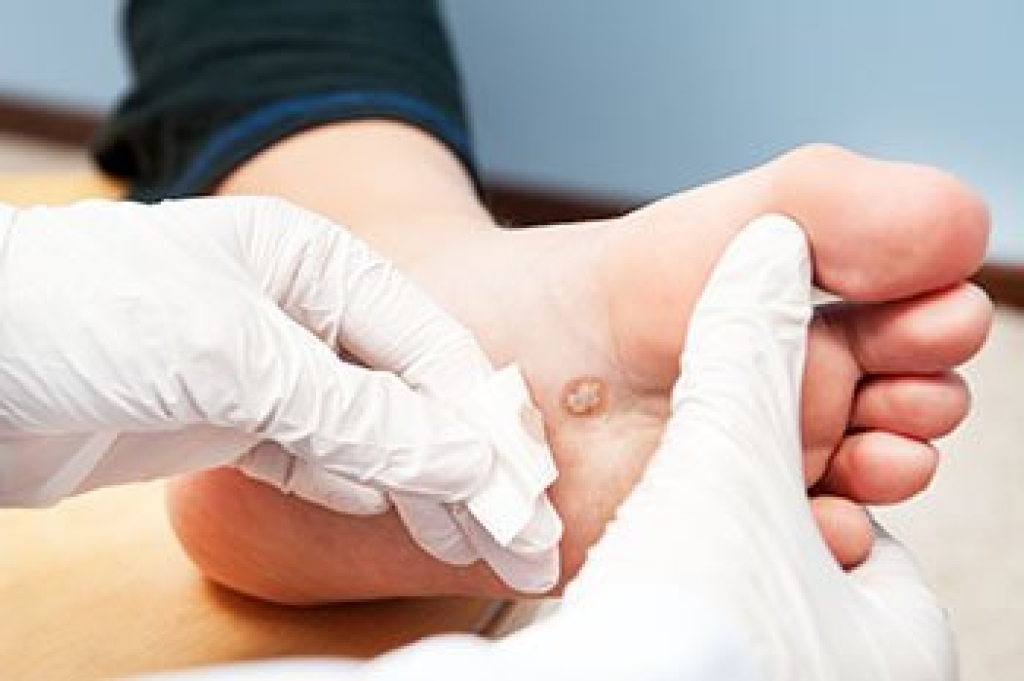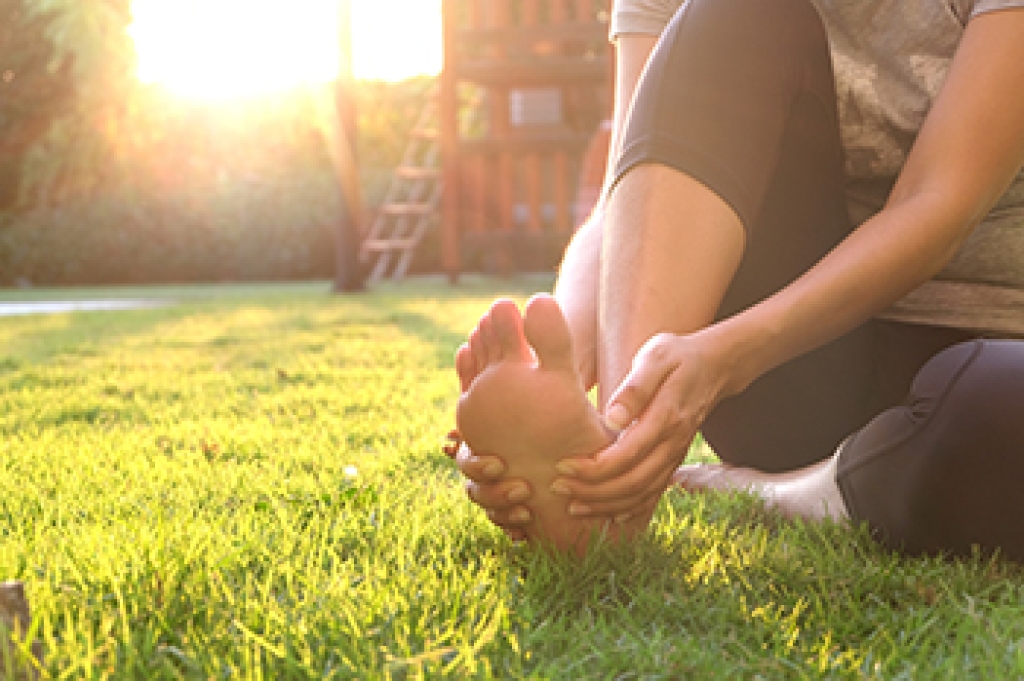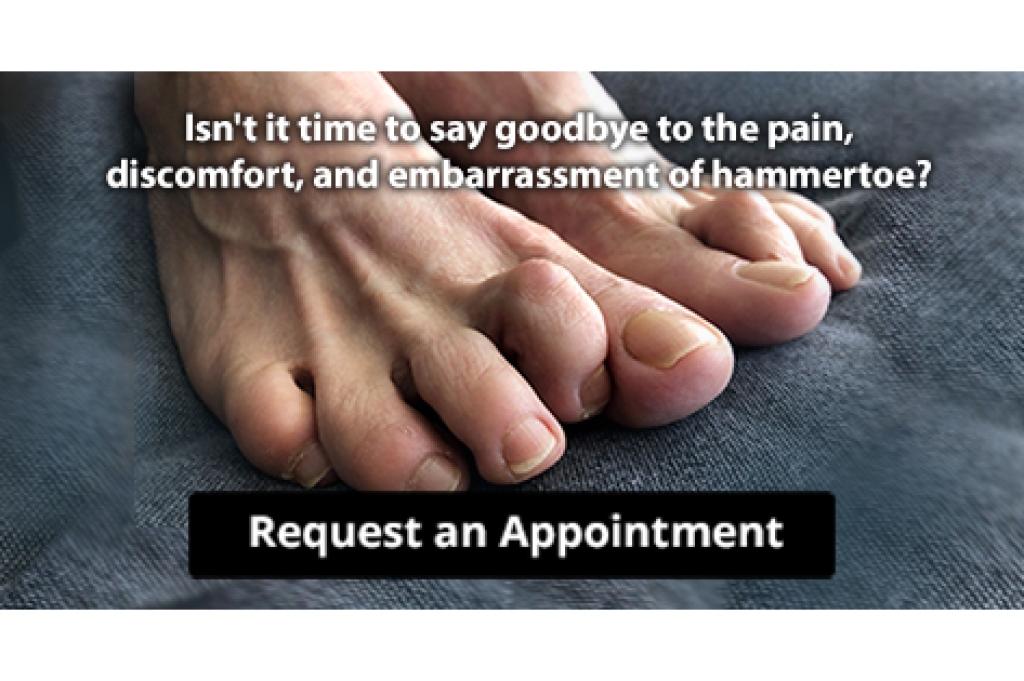Treatment for Plantar Warts

Plantar warts, also known as verruca warts, are a common skin condition caused by the human papilloma virus, or HPV. While there are over 100 different strains of HPV, only a select few cause warts on the feet, with the others are more likely to affect hands, face, or genitals. Plantar warts often appear on weight-bearing areas, like the heels, due to their contagious nature. Although they are generally not a serious health concern, the discomfort caused by plantar warts can be quite painful, especially given their location on the sole of the foot. Warts can go away on their own, but plantar warts may require active treatment and removal, which can vary in duration. A chiropodist can offer several treatment options, such as microwave technology or freezing them off with cryotherapy. In some cases, warts may clear up without such intervention, but ignoring severe plantar warts can lead to prolonged discomfort and changes in posture or gait. Further, the virus can spread to other body parts and even be transmitted to other people. If you or your child has been infected with plantar warts, it is suggested that you make an appointment with a chiropodist for treatment options.
Plantar warts can be uncomfortable or even painful. If you’re suffering from warts on your feet, please consult with one of the chiropodists from The Footcare Centre. Our chiropodists can help you maintain the health of your lower limbs and your mobility.
What Does a Plantar Wart Look Like?
Plantar warts are fleshy growths that generally have a rough, grainy texture. They may look and feel like a callus and are usually small and can grow individually or in clusters. Plantar warts may have small, black dots at their center that are actually tiny blood vessels. Warts interrupt the natural lines of your skin.
Treatment Options
- Salicylic acid - A chemical solution applied directly to the wart
- Cryotherapy - Freezing the wart off with liquid nitrogen
- Minor surgery - Removing the wart through excision
- Laser treatment - A concentrated beam of light is used to remove the wart
- Wearing comfortable shoes and socks to avoid irritating the wart
- Over-the-counter medications for pain relief
- Patches to keep pressure off the warts
Plantar warts can go away on their own, but this may take several months to years. If your plantar warts are bothering you, seeking medical treatment is suggested. If you have any questions, please feel free to contact our office located in . We offer the newest diagnostic and treatment technologies for all your foot care needs.
What to Do About Aching Feet

Aching feet can affect your daily activities and overall quality of life. From walking and running to simply standing in the kitchen, healthy feet are essential for a pain-free existence. If you find yourself constantly dealing with aching feet, here are four valuable tips to help you find relief and maintain better foot health. First, invest in high-quality shoes that fit properly. Ill-fitting shoes can make foot pain worse and lead to issues like blisters, calluses, and corns. Look for shoes that provide adequate arch support that does not squeeze your feet too tightly. Second, performing regular leg muscle workouts, such as weight training, can significantly benefit your feet. Strong leg muscles can help to distribute your body weight evenly and reduce the strain on your feet. Third, relieve foot pain and inflammation by indulging in a relaxing foot bath. A warm Epsom salt water soak can work wonders for tired and aching feet. Finally, it is beneficial to engage in stretching exercises to maintain pain-free feet. While aching feet may be a symptom of fatigue on any given day, chronic foot pain should not be ignored. For help with aching feet, it is suggested that you make an appointment with a chiropodist who can determine the cause and offer more advanced remedies.
Caring for your feet is not just something done at the chiropodist’s office. Good foot care starts at home. If you would like to learn more about daily foot care practices, please consult with one of the chiropodists from The Footcare Centre. Our chiropodists can help you maintain the health of your lower limbs and your mobility.
There are many things that you can do at home to help care for your feet, including:
- Wearing shoes and socks that fit properly
- Washing the feet daily with soap and water
- Drying the feet thoroughly
- Applying moisturizer to the soles and heels of the feet
- Taking a walk and exercising the feet regularly
- Doing foot stretches and strengthening exercises
A chiropodist can help figure out a manageable foot care routine for you to keep your feet healthy. If you have any questions, please feel free to contact our office located in . We offer the newest diagnostic and treatment technologies for all your foot care needs.
What Can Cause an Ingrown Toenail?

An ingrown toenail is a common and painful foot condition that occurs when the sides or corners of the toenail dig into the skin at the end or side of the toe. While this condition can affect any toe, it most commonly plagues the edges of the big toe. Wearing tight shoes, high heels, and pointed-toe footwear can compress the toes, causing the nails to curl into the skin. The way your toenails are trimmed matters. Cutting them too short or rounding the edges can encourage the nail to grow into the skin, increasing the risk of developing an ingrown toenail. Any injury near the nail, such as a ripped nail or a nail peeled off at the edge, can cause an ingrown toenail to form. Fungal infections of the toenail sometimes lead to thickening or widening of the nail, making it more prone to grow into the nailbed. Finally, nails with odd shapes can make them more susceptible to becoming ingrown. Symptoms of ingrown toenails typically begin with redness at the end of the toe, mild swelling, and pain. The presence of white or yellow pus and drainage may indicate an infection. For help with managing the discomfort of an ingrown toenail, it is suggested that you make an appointment with a chiropodist.
Ingrown toenails may require medical attention. If you have significant pain or notice signs of infection from an ingrown toenail, please consult with one of the chiropodists from The Footcare Centre. Our chiropodists will assess your condition and provide you with quality foot and ankle treatment.
What Is an Ingrown Toenail?
An ingrown toenail occurs when the edges of a toenail grow into the surrounding skin. The toenails of the big toe are usually affected, however, an ingrown toenail can happen on any toe. Sometimes, the area can become infected leading to potentially serious complications. The ingrown toenail may be caused by improper trimming of the toenail, wearing ill-fitting shoes, or injury to the nail.
Symptoms
The symptoms of an ingrown toenail include:
- Pain
- Swelling
- Redness
- Warmth
- Pus or drainage from the affected nail or a fever may indicate an infection of the area.
Treatment
Treatment depends on the severity of the ingrown toenail. In less severe cases, home treatment may be adequate. Soaking the affected foot in warm water and gently lifting the nail from the skin with a piece of clean cotton can help. In more severe cases, you may need to use topical or oral antibiotics to treat an infection. Surgical removal of the ingrown toenail may be required if more conservative treatments fail.
Ingrown toenails may be prevented by wearing well-fitted shoes and properly trimming the toenails. Toenails should be trimmed straight across and not too short when using nail clippers.
If you have any questions, please feel free to contact our office located in . We offer the newest diagnostic and treatment technologies for all your foot care needs.


